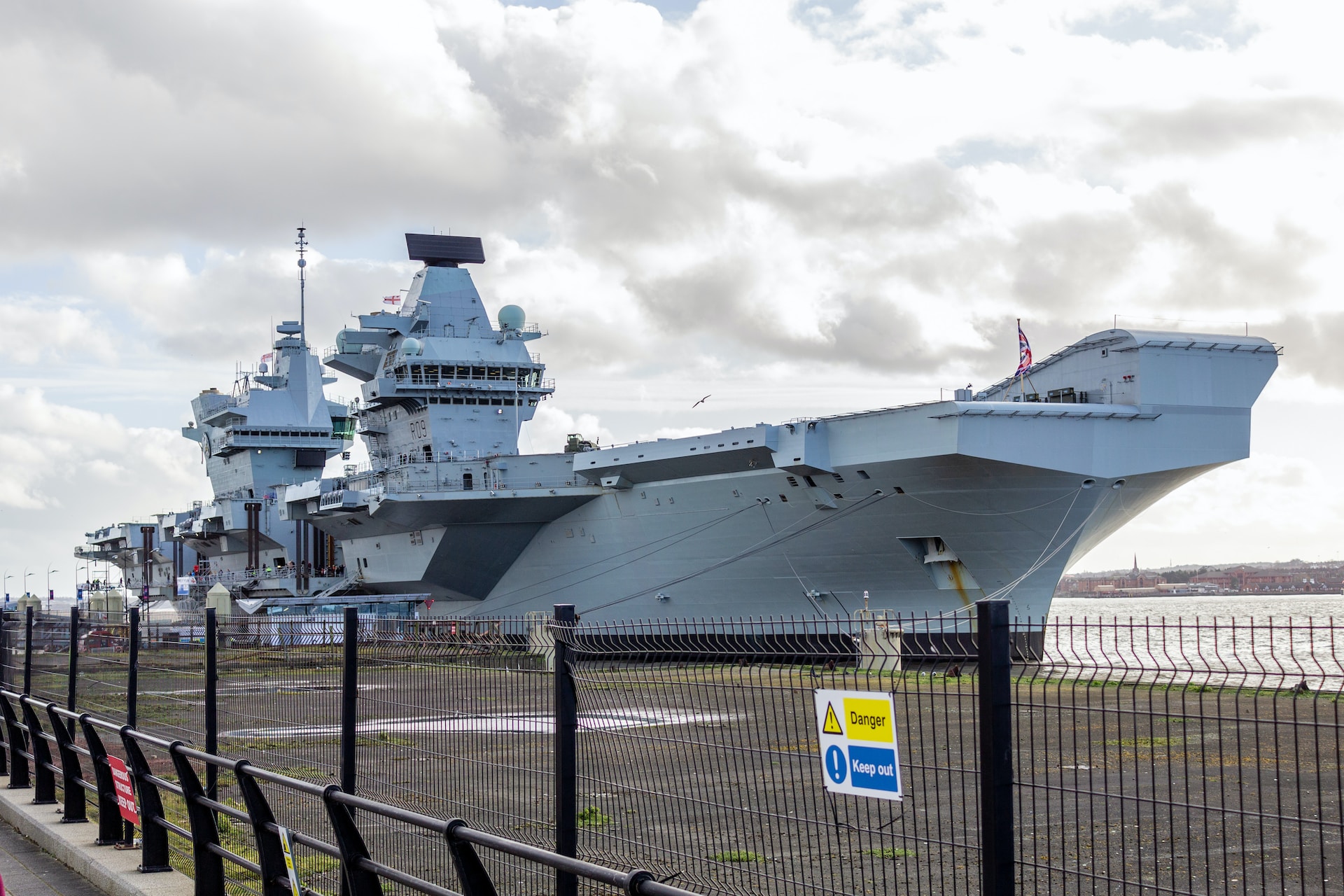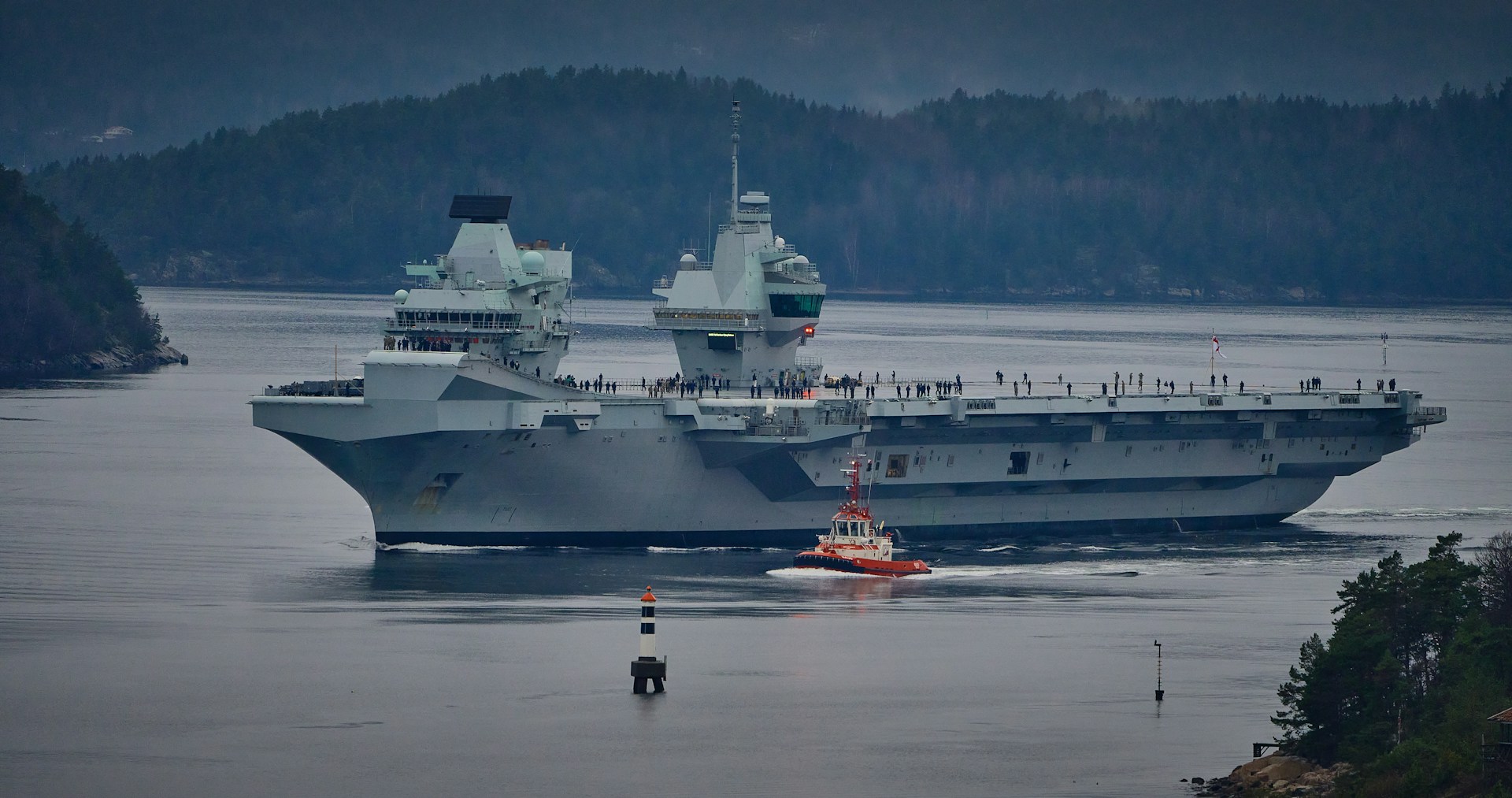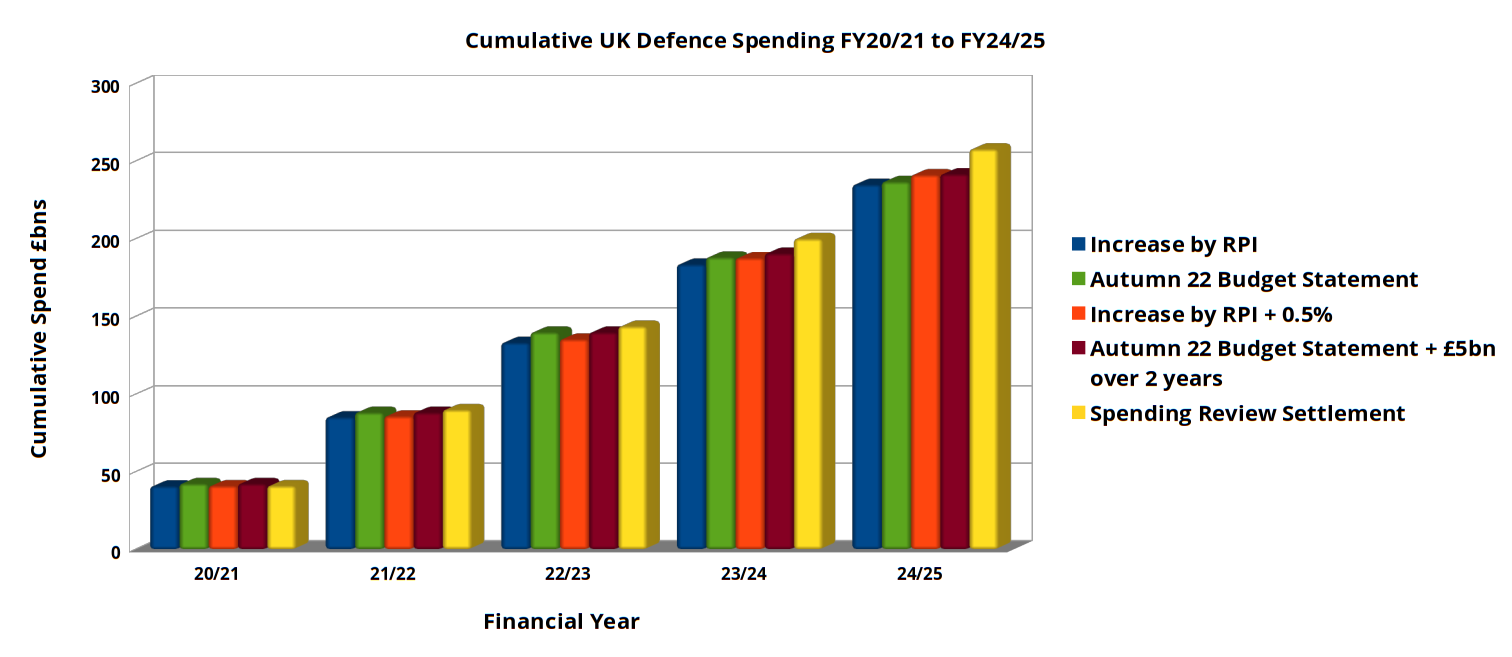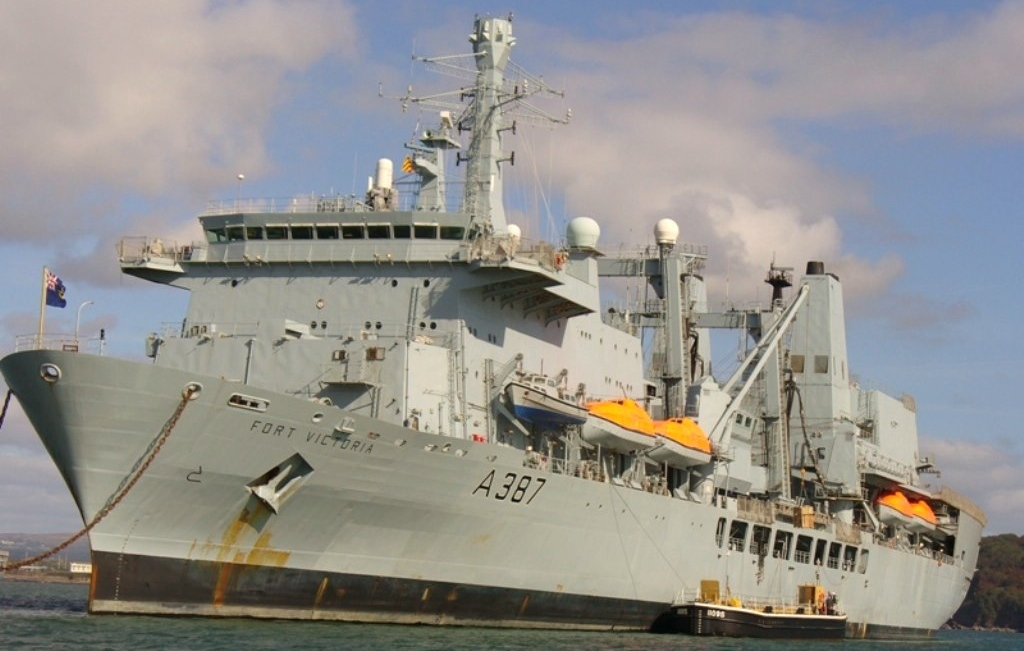Royal Navy readiness - is support being neglected?

The UK's Defence Committee continued its inquiry into Armed forces Readiness with a session on Tuesday 14th November with Admiral Sir Ben Key (First Sea Lord) and Rear Admiral Steve Moorhouse (Director Force Generation, Royal Navy). They were remarkably positive and upbeat given the circumstances and well-publicised challenges that the Navy faces, but I was surprised that the session didn't cover support and the RFA.
While acknowledging that the surface fleet of frigates and destroyers has been reduced to 17 and that they would like a bigger navy, Key and Moorhouse took the position that they are able to fulfil the readiness profile that is currently demanded of them by the Chief of the Defence Staff and Government Ministers, and in general they have half of the fleet available either deployed or at high readiness. When pushed for the number of ships ready to fight today by Committee member Mark Francois, Admiral Key responded "Seventeen divided by two is nine—eight and a half".
Two new carriers, one old support ship
I was surprised that the Committee didn't spend any time challenging the availability of support for deployments by the Royal Fleet Auxiliary, particularly with regard to the Queen Elizabeth Class aircraft carriers.
To recap, the Navy currently has only one ship capable of providing replenishment at sea for the carriers, which is RFA Fort Victoria - the last of the Navy's 'Fort Class' stores ships that was launched in 1990. Without Fort Victoria, the Navy is unable to provide support for long range or duration deployments of either carrier. Navy Lookout reported earlier this year that the MOD was struggling to maintain and crew this elderly vessel, and she did not join the CSG23 deployment as expected. Furthermore, she will spend much of 2024 undertaking a pre-planned refit in preparation for the expected CSG25 deployment to the Asia-Pacific region. With Fort Victoria currently suffering maintenance issues and scheduled for a major refit next year, what level of 'readiness' can be claimed for the QEC carriers?
To compound the issue, the out of service date for Fort Victoria had been planned for 2028. Yet the replacement Fleet Solid Support Ship programme has been delayed by a pause and re-start of the procurement, and is not expected to be in-service until 2031 which means a further costly life extension will be required, unless another stop-gap solution can be found (e.g. leasing a suitable ship from an allied Navy).
Can the Navy maintain a surface fleet of 17 frigates and destroyers?
The current fleet of 11 Type 23 frigates is scheduled to be replaced by a combination of 8 Type 26 Anti-submarine and 5 Type 31 General Purpose frigates. Unfortunately both programmes are behind schedule, requiring the ageing Type 23s to serve for longer. However the Type 23 modernisation and refits are routinely taking over 4 years to complete, and there are rumours that HMS Westminster (launched in 1992) is in such poor condition that the refit is no longer considered cost effective.
It does look like the Navy will struggle to maintain its "eight and a half" frigates and destroyers at high readiness in coming years, until Type 26 & 31 deliveries are well underway.
Recruitment and manning
Key and Moorehouse accepted there are significant problems with recruitment and retention, particularly engineers, with the Navy equipping its personnel with skills that are very attractive to private sector employers. The issues with the training system for pilots are also well known, although reportedly improving. The trend towards longer deployments, including for submariners, was noted along with the pressures this presents for service personnel's families. Hopefully the recommendations of the Haythornthwaite Review will be implemented and improve retention.




